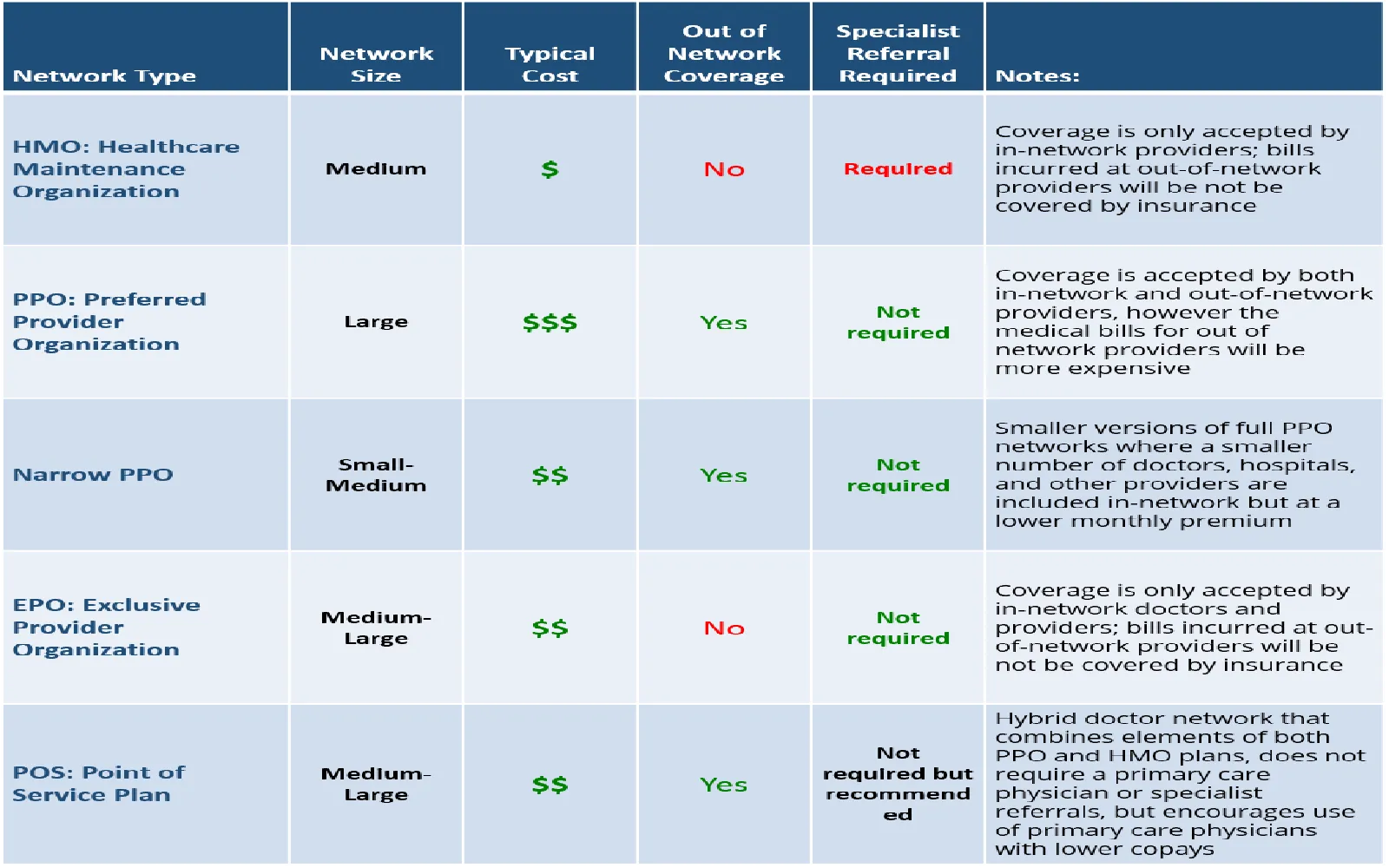Essential Guide to Commercial Vehicle Insurance in 2025: Trends, Tips, and Coverage Options
Introduction
As we move deeper into 2025, the landscape of commercial vehicle insurance continues to evolve, reflecting new trends, technologies, and regulatory changes that impact businesses across various industries. For business owners, understanding the nuances of commercial vehicle insurance is essential to protect assets, ensure compliance, and maintain operational efficiency. This guide aims to provide a comprehensive overview of the current trends, valuable tips, and various coverage options available in the realm of commercial vehicle insurance in 2025.
Understanding Commercial Vehicle Insurance
Commercial vehicle insurance is a specialized form of coverage designed to protect businesses that use vehicles for business purposes. This insurance offers financial protection against damages resulting from accidents, theft, and other unforeseen events. It covers a wide range of vehicles, including trucks, vans, buses, and specialized vehicles used in various industries. Unlike personal auto insurance, commercial vehicle insurance considers the unique risks associated with business operations.
Trends in Commercial Vehicle Insurance for 2025
As the commercial vehicle insurance landscape continues to evolve, several trends are shaping the industry in 2025:
1. Increased Use of Technology
The integration of technology into commercial vehicle operations is a significant trend. Fleet management systems, telematics, and GPS tracking are becoming standard features in many commercial vehicles. Insurers are leveraging this data to offer usage-based insurance models, which can reward safer driving behaviors with lower premiums.
2. Focus on Sustainability
With a growing emphasis on environmental responsibility, many businesses are transitioning to electric and hybrid vehicles. Insurers are adapting their policies to accommodate these green initiatives, offering tailored coverage options for electric fleets and potentially lower premiums for eco-friendly vehicles.
3. Rising Costs of Premiums
In 2025, businesses are witnessing rising insurance premiums due to various factors, including increased repair costs, the frequency of accidents, and supply chain disruptions. Business owners must budget accordingly and explore ways to mitigate risks to keep premiums manageable.
4. Regulatory Changes
As regulations surrounding commercial vehicle operations evolve, businesses must stay informed about compliance requirements. Changes in safety standards, emissions regulations, and driver qualifications can impact insurance policies and premiums. Staying updated on these regulations is crucial for maintaining coverage and avoiding fines.
Essential Coverage Options
Commercial vehicle insurance policies can be customized to meet the unique needs of each business. Here are some essential coverage options to consider:
1. Liability Insurance
Liability insurance is a fundamental component of any commercial vehicle insurance policy. It covers bodily injury and property damage caused by an accident involving a company vehicle. Most states require businesses to carry a minimum amount of liability coverage, but higher limits are often recommended for added protection.
2. Collision Coverage
Collision coverage protects against damages to your vehicle resulting from a collision with another vehicle or object. This coverage is essential for businesses that rely on their vehicles for daily operations, as it helps cover repair or replacement costs.
3. Comprehensive Coverage
Comprehensive coverage offers protection against non-collision-related incidents, such as theft, vandalism, or natural disasters. This type of coverage is especially important for businesses operating in areas prone to extreme weather events or high crime rates.
4. Uninsured/Underinsured Motorist Coverage
This coverage protects your business in the event of an accident with a driver who lacks adequate insurance. Given the increasing number of uninsured motorists on the road, this coverage is becoming increasingly relevant for commercial vehicle owners.
5. Hired and Non-Owned Vehicle Coverage
If your business uses vehicles that are rented or owned by employees, hired and non-owned vehicle coverage can provide protection. This coverage is essential for businesses that may not own their fleet outright but still require vehicle use for operations.
6. Cargo Insurance
For businesses that transport goods, cargo insurance is crucial. It provides coverage for damage or loss of cargo being transported, ensuring that your business is protected against financial loss due to unforeseen incidents.
Tips for Choosing the Right Commercial Vehicle Insurance
Choosing the right commercial vehicle insurance policy can be overwhelming. Here are some valuable tips to help business owners navigate the process:
1. Assess Your Coverage Needs
Before shopping for insurance, assess the specific needs of your business. Consider the types of vehicles you operate, the nature of your business, and the risks you face. Understanding these factors will help you determine the appropriate coverage options.
2. Shop Around for Quotes
Don’t settle for the first insurance quote you receive. Shop around and compare quotes from multiple insurers to find the best coverage at the most competitive price. Look for insurers that specialize in commercial vehicle insurance, as they may offer tailored options that suit your business.
3. Evaluate Insurer Reputation
Research the reputation of potential insurers. Read reviews, check ratings from organizations like A.M. Best or the Better Business Bureau, and seek recommendations from other business owners. A reputable insurer will provide reliable service and support when you need it most.
4. Consider Bundling Policies
Many insurers offer discounts for bundling multiple insurance policies, such as general liability and commercial vehicle insurance. Consider bundling your policies to save on premiums while ensuring comprehensive coverage for your business.
5. Understand Policy Exclusions
Before finalizing your insurance policy, carefully review the exclusions. Understanding what is not covered is just as important as knowing what is included. This knowledge can help you avoid surprises during the claims process.
6. Regularly Review Your Coverage
Your business needs may change over time, so it’s essential to regularly review your coverage. Reassess your insurance policy at least annually to ensure it aligns with your current operations, vehicle fleet, and risk exposure.
The Role of Telematics in Commercial Vehicle Insurance
Telematics has emerged as a game-changer in commercial vehicle insurance. By collecting data on vehicle location, speed, braking patterns, and driving behavior, telematics systems provide insurers with valuable insights that can influence policy pricing and risk assessment.
1. Improved Risk Assessment
Insurers can analyze telematics data to assess risk more accurately. Businesses that demonstrate safe driving habits may benefit from lower premiums, while those with riskier behaviors may face higher costs. This data-driven approach allows insurers to tailor policies based on actual driving behavior rather than generalized risk profiles.
2. Enhanced Safety Measures
Telematics can also aid businesses in implementing safety measures. By monitoring driver behavior, businesses can identify areas for improvement and provide targeted training to reduce accidents and claims. This proactive approach not only enhances safety but can also lead to lower insurance costs over time.
3. Real-Time Monitoring
With telematics, businesses can monitor their vehicles in real-time, allowing for quick responses to accidents or incidents. This capability can lead to faster claims processing and better communication with insurers, ultimately benefiting the business and its employees.
The Future of Commercial Vehicle Insurance
As we look ahead, the future of commercial vehicle insurance will likely be shaped by continued advancements in technology, changes in regulations, and the ongoing evolution of the commercial vehicle market. Here are a few predictions for the coming years:
1. Greater Personalization of Insurance Policies
Insurers will increasingly leverage data analytics and artificial intelligence to create personalized insurance policies that cater to the specific needs of individual businesses. This shift will enable more accurate pricing and coverage options tailored to unique risk profiles.
2. Expansion of Usage-Based Insurance Models
Usage-based insurance (UBI) models, where premiums are based on actual vehicle usage, will likely become more prevalent. This model aligns premiums with risk, rewarding businesses that prioritize safety and efficient vehicle usage.
3. Emphasis on Cybersecurity
As commercial vehicles become more connected, the importance of cybersecurity will grow. Insurers will need to address the risks associated with data breaches and cyberattacks on connected vehicles, leading to the development of new coverage options to protect businesses from these emerging threats.
Conclusion
In 2025, commercial vehicle insurance is more critical than ever for businesses operating in a dynamic and evolving landscape. With rising premiums, regulatory changes, and the integration of technology, business owners must stay informed about their coverage options and take proactive steps to protect their assets. By understanding the current trends, exploring various coverage options, and implementing best practices for selecting insurance, businesses can navigate the complexities of commercial vehicle insurance with confidence. As the industry continues to evolve, staying ahead of the curve will be essential for ensuring the longevity and success of your business.
Explore

2025 Trends in Auto Insurance: What You Need to Know for Optimal Coverage

2025 Guide to Small Business Health Insurance: Affordable Options & Essential Tips for Employers

2025 Guide to Pet Insurance: Protect Your Furry Friends with the Best Coverage Options

2025 Guide to Window Replacement Options: Upgrade Your Home with the Latest Trends and Technologies

Top Small Business Health Insurance Providers in the USA: A 2025 Guide to Affordable Coverage

Choosing the Right Divorce Attorney in 2025: Essential Tips for a Smooth Separation

Navigating Student Loans in 2025: Essential Tips for Future Borrowers

Top Pet Insurance Companies of 2025: Finding the Best Coverage for Your Furry Friends
